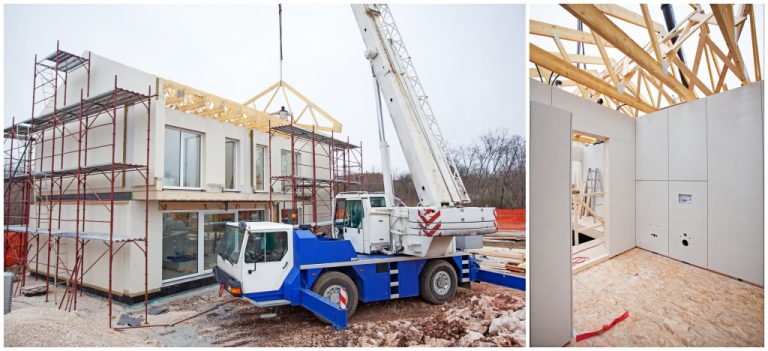Homebuyers new to the real estate market may have been encountering one of the most popular terms these days: seller’s market. What does that mean?
How does this type of market affect the ability of homebuyers to secure a home and the amount of mortgage they have to take? Is it likely to last a long time?
Here are the essential details potential mortgage borrowers need to know.
What Is a Seller’s Market?
A seller’s market describes a real estate situation where the demand exceeds the supply. Because of this, the seller, who can be real estate brokers and homeowners, can have the upper hand. They have the advantage of dictating how much they can ask for a house, for example.
To illustrate the significant influence of this type of housing market, the latest CoreLogic report revealed that between 2020 and 2021, homeowners had already built average home equity of over $30,000. This was an almost 20 percent increase from 2019. Overall, the collective gains reached close to $2 trillion.
How about from the buyer’s perspective? A hot seller’s market can have the following implications:
1. The Competition Is Tough
In a seller’s market, homeowners and brokers are likely to receive multiple offers. To gain an advantage, many homebuyers have decided to sweeten the pot in many ways. According to a CNN report, some have added wines and dinners. Others are offering to buy the house in cash plus some cryptocurrency coins.
Some buy two houses to get one of them, while a few are paying more than the asking price. It can be as small as $10,000 to as high as a million dollars.
2. The Average Home Price Is High

Based on the law of supply and demand, when the supply is low but the demand is high, the price usually goes up. It’s the same case in a seller’s market in the United States.
The National Association of Realtors shared that the median house price as of June 2021 was already almost $300,000. About a year ago, it was a little over $280,000. In some places where the market is truly hot, the average home price could even be way higher.
The data from Redfin showed that the median list price for houses in Texas is around $375,000. In Utah, the median home price climbed to over $400,000, based on a report by KSL. This represented about a 20 percent increase since March 2020.
Because the average home price is increasing, the down payment is also likely to go up. Fortunately, first-time homebuyers have various options to make this more affordable.
First, they can apply for non-conventional home loans like FHA (Federal Housing Administration) loans, which require a low down payment of 3.5 percent, as well as VA and USDA loans, which don’t ask for any down payment.
Second, they can check their state’s down payment assistance (DPA) programs. These are usually grants or low-interest mortgages that help reduce the down payment homebuyers need to raise. Usually, too, these don’t ask for high credit scores. One may already apply if their score ranges from 620 to 640.
Third, homebuyers whose potential home loan may be more than the federal limits can consider getting a jumbo mortgage.
Homebuyers, though, should remember that these different types of loans have their pros and cons. Jumbo mortgages, for example, may have higher interest rates or stricter eligibility requirements since the risk of default is higher for lenders.
3. It May Take a While to Find a House
According to Zillow, the average time an American home spends on a listing is 25 days. In a hot seller’s market, however, it stays way shorter. Some properties may not even make it to the list.
For homebuyers, it may mean that they may have to spend more time looking for a house. It could then help if they can consider more than five houses when shopping.
The Future of the Housing Market
Given the fierce competition and insane home prices, many homebuyers may want to know how long this trend will continue. Economic experts have different opinions.
On one hand, some believe that the numbers will begin to relax by the end of the year as mortgage rates increase, which may lower demand, and skeptical sellers list their properties, which can raise supply.
On the other, the Home Buying Institute revealed that, while the landscape seems to be changing with more houses appearing on the listing, it may not be enough to create a dramatic shift. In other words, this seller’s market may extend until 2022.
As for homebuyers, they may want to be prepared for either scenario. They can begin with knowing the many ways they can fund a new home.



